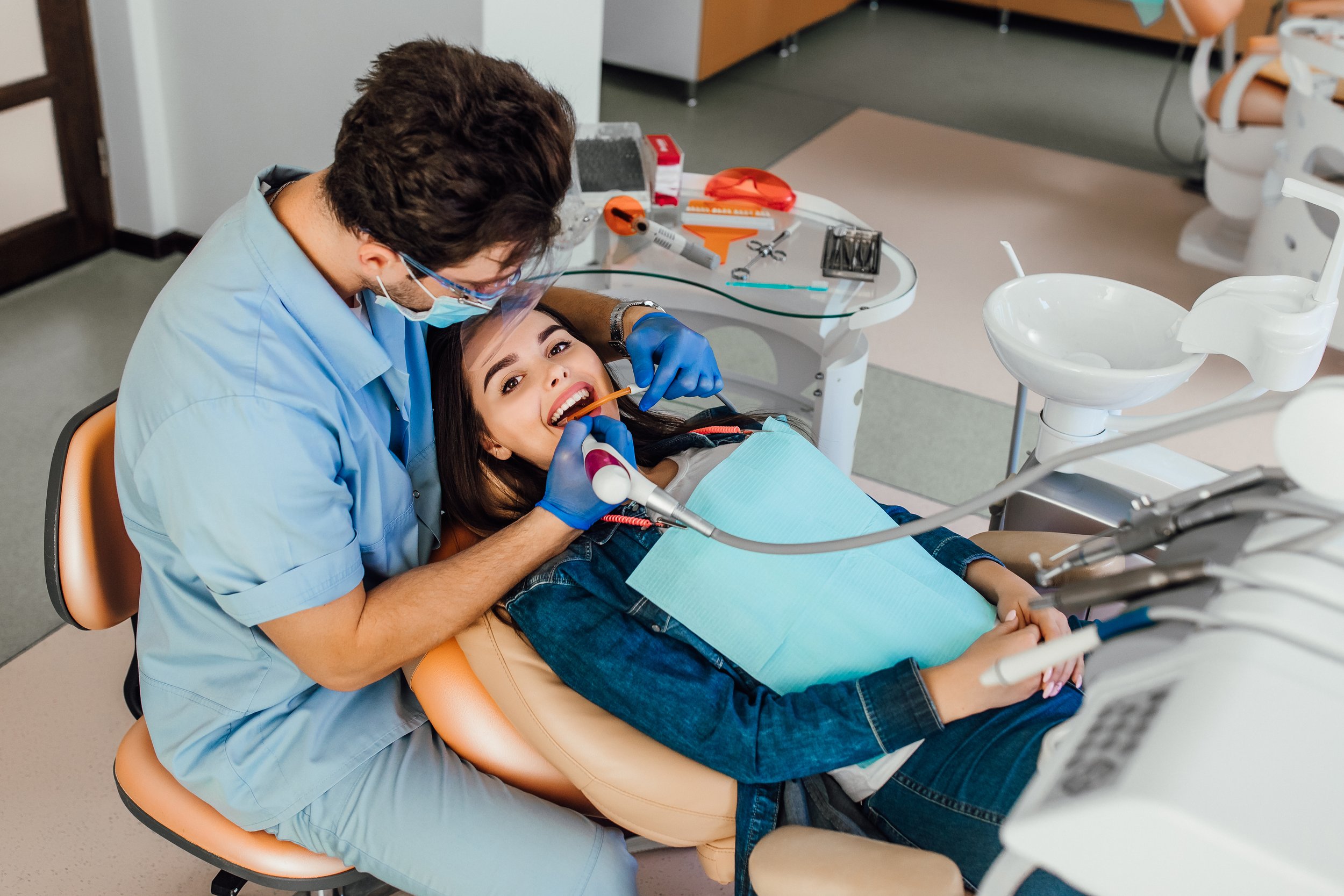
Dental Splints
A dental splint is an orthodontic device that can be used for several purposes: to stabilize loose teeth, to protect teeth from damage, or to relieve the pain and discomfort of patients with temporomandibular joint disorders (TMJ or TMD). In many cases, these conditions are related since patients who grind their teeth, a condition known as bruxism, or clench their jaws often experience TMJ as a result. Splints are also sometimes used to treat patients with sleep apnea or snoring problems. Because bruxism, jaw clenching, sleep apnea, and snoring typically occur during the night, this is when dental splints are usually worn.
Dental Splint Construction
Splints are normally constructed of hard acrylic to fit over the upper or lower teeth. Some dentists create the splints within their office, while others send specifications to a laboratory indicating precisely how they want the splints to be manufactured. Once the splints have been produced, the dentist ensures that they conform properly to the patient’s teeth. It is very important that dental splints be customized and fitted properly to meet the needs of the individual patient.
What Are Dental Splints Used For?
Depending on the needs of the particular patient, dental splints are used in a number of different ways.
Loose Teeth
To treat loose teeth, dental splinting involves attaching teeth to one another for stability. This keeps loose teeth from the ongoing movement that may eventually cause them to loosen to the point that they fall out.
TMJ, Jaw Clenching, And Bruxism
For patients with bruxism or individuals who tend to clench their jaws, either of which often results in painful TMJ, splints are used to protect the teeth during sleep. The patient wears the splint like a mouthguard. With the splint fitted over the top or bottom teeth, when the patient bites down, the teeth grind into the splint rather than the opposing teeth. This significantly reduces the strain on both the teeth and the jaw.
Dental splints are normally worn for a designated treatment period or used long term during periods of sleep. Patients must be taught to clean and store these devices properly both to ensure their durability and to reduce the risk of mouth infections or injuries.

